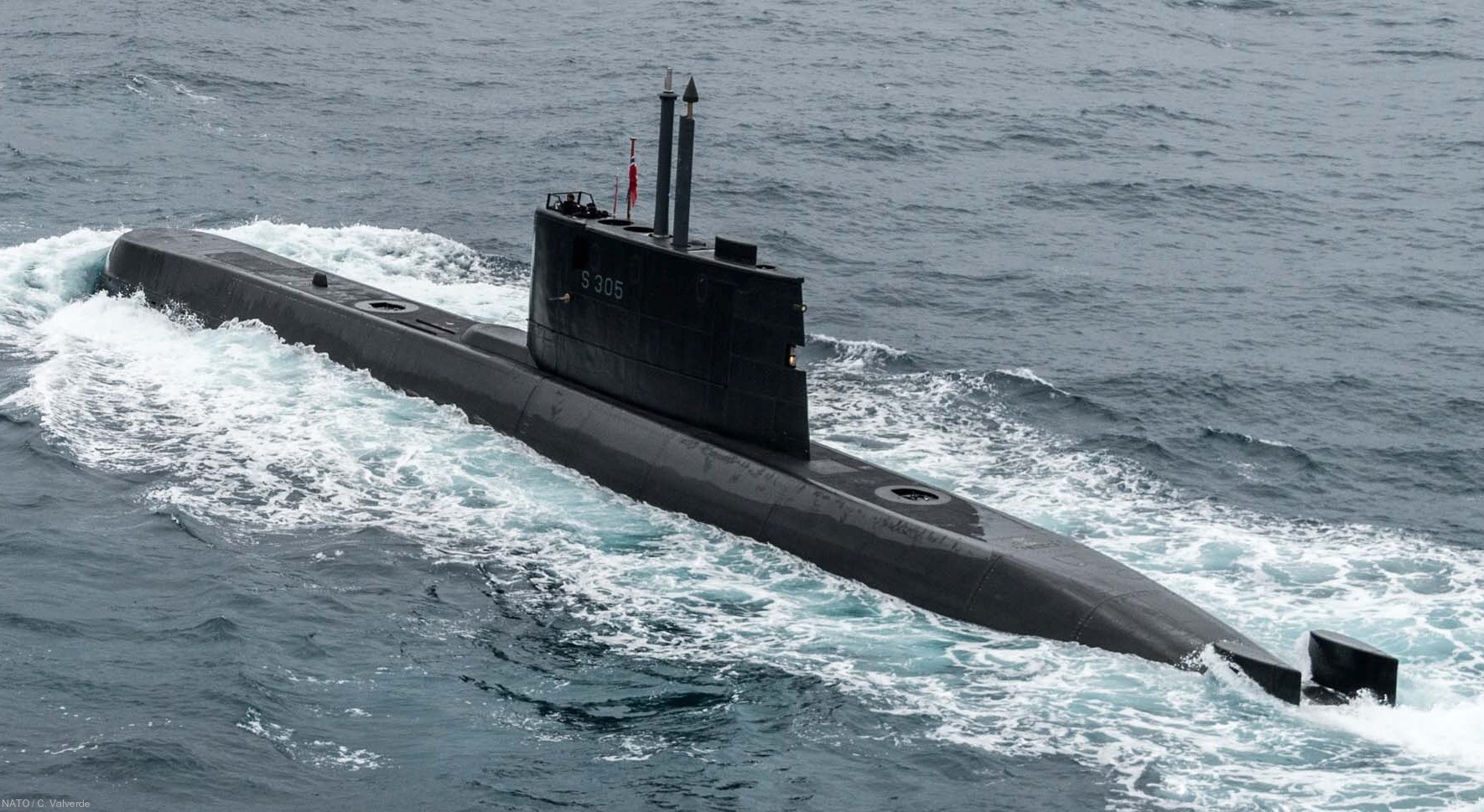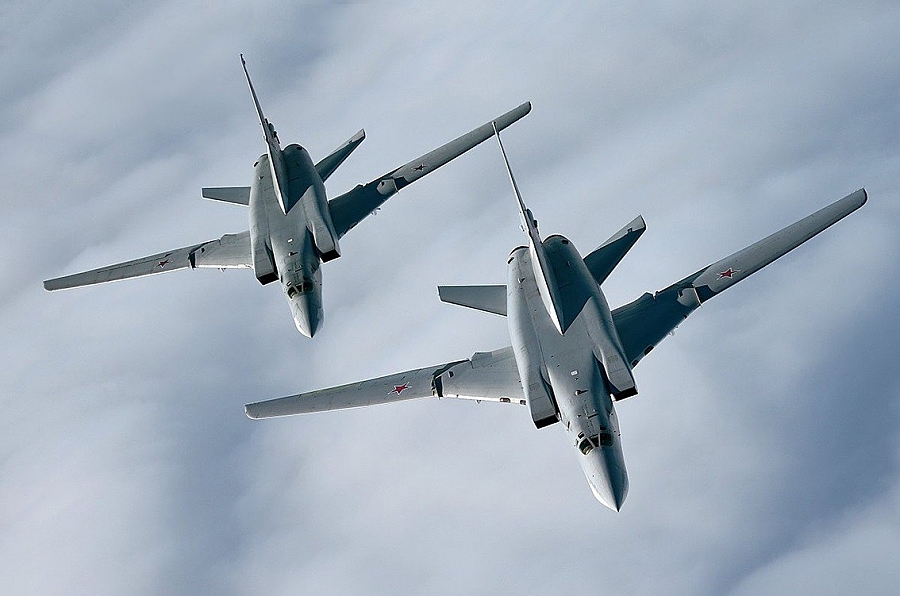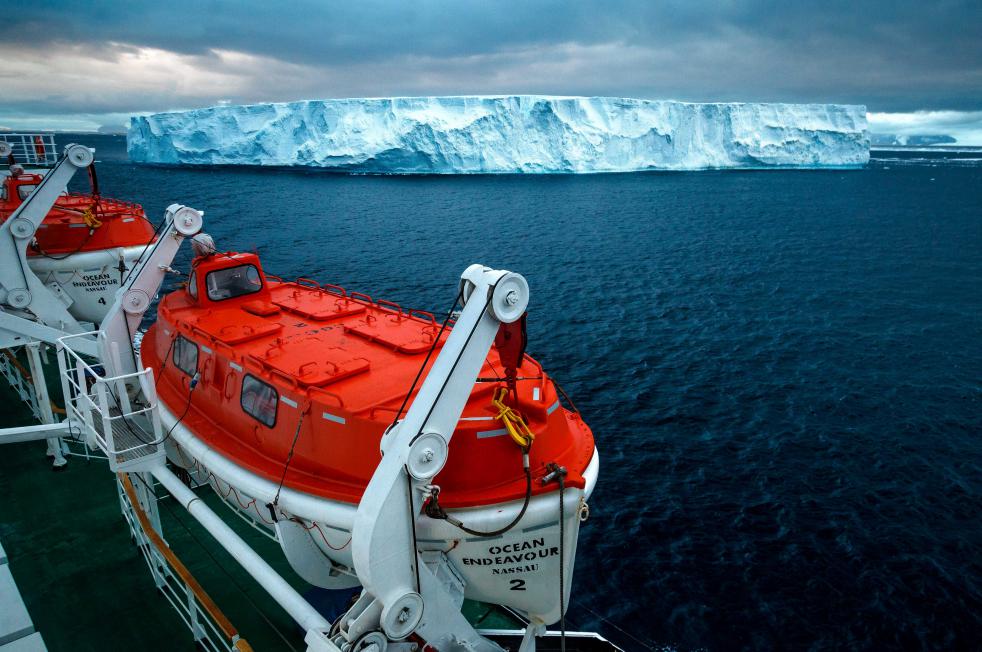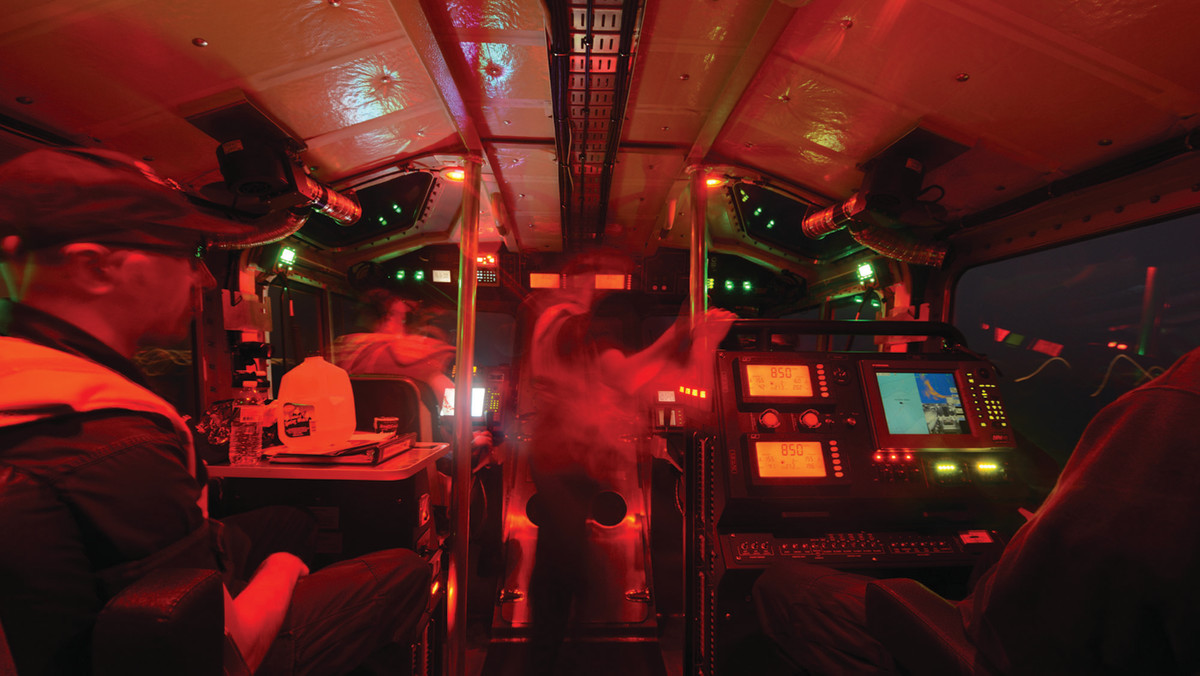- Jul 1, 2018
- 4,311
 |
ANTARCTIC SUMMER CAMPAIGN 1996/1997 Classified Information |
| Operation Background |
|---|
In support of the century old antarctic claim of Argentina, and in response to the recent international attention and presence on the Antarctic Continent, the Government of Argentina has decided to launch a full scale summer campaign to establish a scientific and logistic base on the Antarctic Peninsula, within the claimed territory. The campaign will consist on a first survey stage to determine the exact location for the station,meeting the requirements for the construction of a dock for large sized vessels and a runway to allow continuous aerial operations between the south american continent and Antarctican. A second stage will consist of the construction of the first structures and the establishmend of a permanent crew. Phase 1: Survey (Active) Phase 2: Construction and development Phase 3: Manning Phase 4: Expansion (projected) During Phase 1, preparations would be made for Phase 2, preparing crates and containers and recruiting staff. |
| Deployed Forces |
|---|
Arktika-Class Icebreaker ARA Almirante Storni (A624) x189 Navy Personnel and mission specialists x1 Ka-27 helicopter in transport configuration Prospecting equipment Fuel and food supplies |
| Logistical Details |
|---|
FD to GC Argentine and international waters on the most direct route, following usual safety standards, considering the special hazards of antarctic navigation. All radars and systems active. Target destination. Joinville Island group, norther Antarctic Peninsula. Pre-launch stage. |
Last edited:














